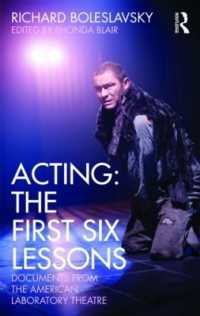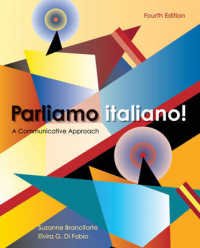Full Description
Body snatchers and grave robbers were the stuff of Victorian lore, but two real-life culprits took the crimes out of shadowy cemeteries and into criminal court. William Burke and William Hare aided Scottish surgeons competing for anatomical breakthroughs by experimenting on human corpses. As the duo evolved from petty theft to premeditated murder, they unwittingly brought attention to the medical practices of the era, leading to Burke's death by hanging. This account not only explores the work of the resurrectionists, it reflects the nature of serial killers, 1820s criminal law, and Edinburgh's early role as a seat of European medical research. Readers interested in the legal aspects of these crimes will find the trial testimony included to be a valuable resource.
Contents
Table of Contents
Introduction
I—The Field and the Players
1. Of Supply and Demand in Old Edinburgh
2. Of Medical Men and Resurrectionists
II—The Many Works of Burke and Hare
3. The Merchandise of "John and William"
4. The Risky Murder of Mary Paterson
5. The Pace Increases
6. The Murders of "Daft Jamie" and Mary Docherty
7. Rumors of Murder as the Investigation Begins
III—The Legal System Does Its Work
8. A Trial for Burke, But Not for Hare
9. Into the Night as the Testimony Continues
10. The Testimony of a Serial Killer
11. The King's Justice for a Serial Killer
IV—A Postscript for Resurrectionists
12. It Was a Hanging Affair—January 28, 1829
13. The Press Takes Center Stage
14. The Aftermath of Serial Murder
Appendix 1. Witness List for the Trial of William Burke and Helen McDougal
Appendix 2. The Complete Testimony of William Hare
Appendix 3. Report of the Committee of Investigation as to the Dealings of Dr. Knox with the West Port Murderers
Appendix 4. A Chronology of Serial Murder
Appendix 5. The Caledonian Mercury—January 1, 1829
Appendix 6. The Word on the Street—January 28, 1829
Appendix 7. Broadsheet on Burke's Execution—January 28, 1829
Chapter Notes
Bibliography
Index








